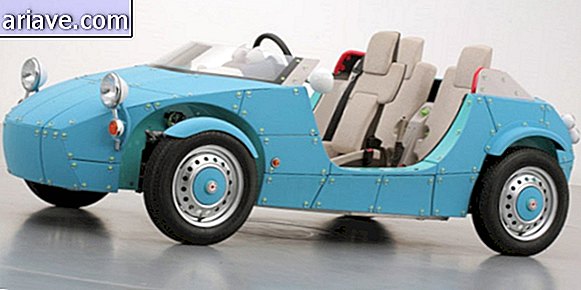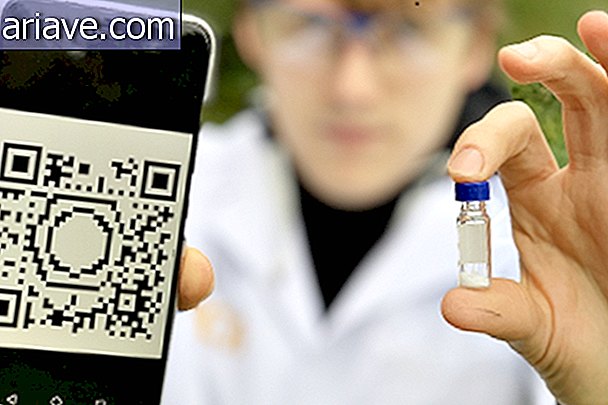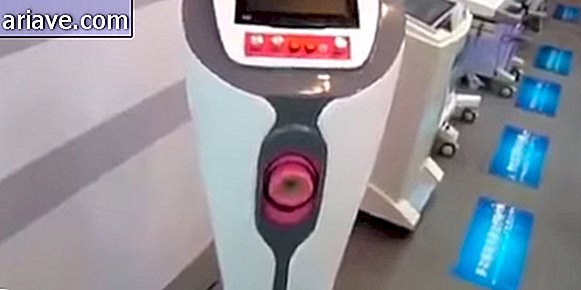IA learns to solve a magic cube on her own in just 44 hours
Training a machine to win games that require a lot of human reasoning alone, such as chess or Go, is already a reality for the field of artificial intelligence (AI), with the so-called reinforcement of learning. Now scientists at the University of California at Irvine have gone a step further: they created DeepCube, a system that required minimal supervision to be able to hit a traditional magic cube by itself in just 44 hours.
Also called the Rubik's Cube, it was created by Hungarian Erno Rubik in 1974 and offers a three-dimensional puzzle with over 43 quintillion combinations and can be solved with a minimum of 26 moves. The toy is very successful to this day and has sold over 350 million units since its inception - even gained some variations to increase the challenge.
To overcome the cube, the researchers needed to go a little further than what was observed in the chess and Go experiments. That's because success in turn action with spaces is not based on rewards in the same way and so the computer needs to be oriented another way. way to know if you are heading correctly for some solution.
How does this system work?
Stephen McAleer and his colleagues at the University of California at Irvine have created a new deep learning technique called “self-taught iteration” that can teach AI how to create its own reward system to see if each move made can lead to success.
To do this, she needs to get out of an already solved magic cube and do the step-by-step backwards. This way of understanding the challenge is not the most appropriate one, but this is where the neural network and its complex calculations come in, which were able to fill in gaps during this process. Once trained in this way, the machine then assembles a search tree with various suggestions for each setting.

"Our algorithm is able to solve 100% of randomly shuffled cubes while achieving an average resolution in 30 moves - which is less than or equal to the performance of human experts, " celebrated McAleer. Two million different iterations in eight billion cubes were used in 44 hours of training on a 32-core Intel Xeon E5-2620 server and three Nvidia Titan XP GPUs.
The news brings more light to the subject because deep learning has still struggled hard to help AI complete games such as Sokoban, Montezuma's Revenge and prime number factoring on its own.
And where can this be applied?
Obviously, the ultimate goal is not just to create a system that can overcome the magic cube. This can be used so that a machine can solve unexpected sequences in a universe of combinations with a known solution. DeepCube can “algebraically manipulate previously acquired knowledge to answer a new question, ” according to the researchers.
By accomplishing these goals, the novelty can be applied to discover new drugs, perform DNA analysis and help robots decide for themselves some typical situations of our human daily life. Let's wait for the next steps, as there are already goals to overcome more difficult 16-sided cubes.
***
Do you know the Mega Curioso newsletter? Weekly, we produce exclusive content for lovers of the biggest curiosities and bizarres of this big world! Register your email and do not miss this way to keep in touch!
IA learns on her own how to solve a magic cube in just 44 hours via TecMundo











